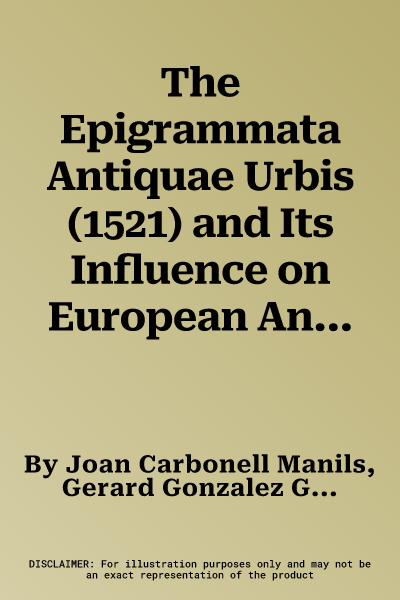The publication of the Epigrammata Antiquae Urbis (Rome, Giacomo
Mazzocchi, 1521) was a determining factor in the development of Roman
studies in the 16th-century. As the first collection of classical
inscriptions from the city of Rome, it set the example for subsequent
epigraphic corpora, and became an exceptional witness to Rome's
antiquities before the Sack of 1527. In the papers collected in this
book, leading researchers in the field explore several aspects of the
Epigrammata's composition and reception: Mazzocchi's editorial program,
the question of its anonymous authorship, and the sources from which the
book derived; the annotated copies of Latino Giovenale Manetti and
Benedetto Egio; the circulation of the book among 16th-century
transalpine humanists; a recension of the copies kept at the Vatican
Library and in several American collections; the sifting of the
Epigrammata for the collections of Martinus Smetius and Sanloutius; and
the relevance of the Renaissance manuscript tradition for the knowledge
of the epigraphy from the city of Rome. These studies are supplemented
with the first ever list of known copies of the Epigrammata Antiquae
Urbis, which registers over three hundred copies worldwide.

